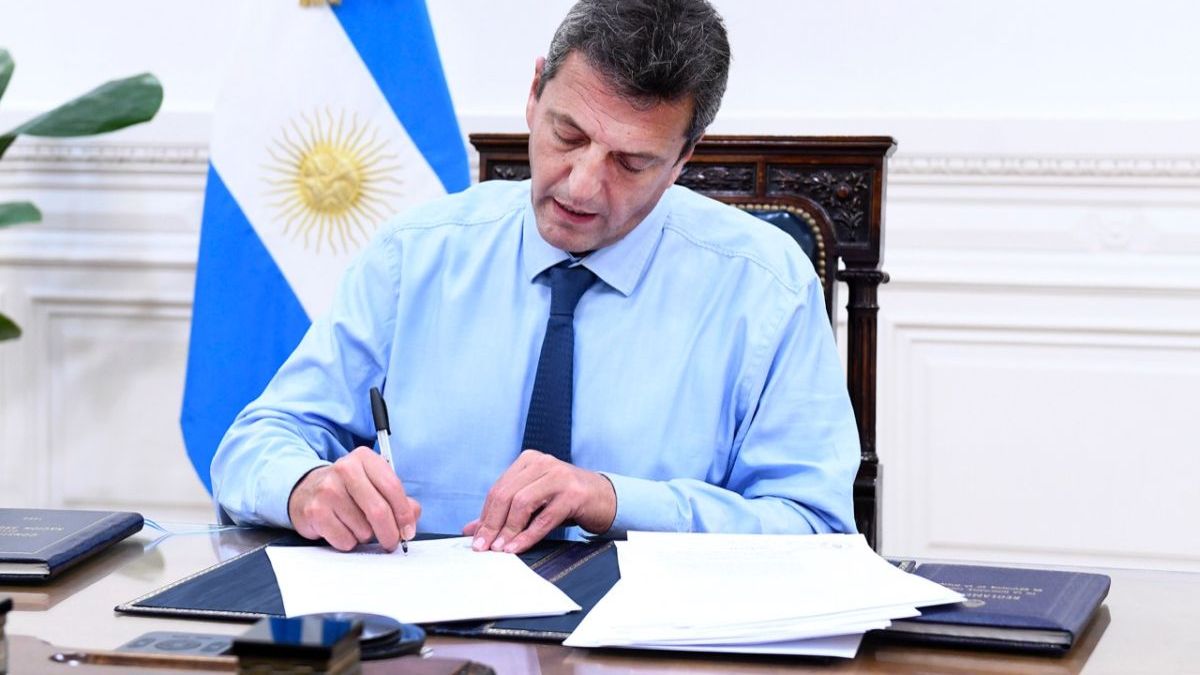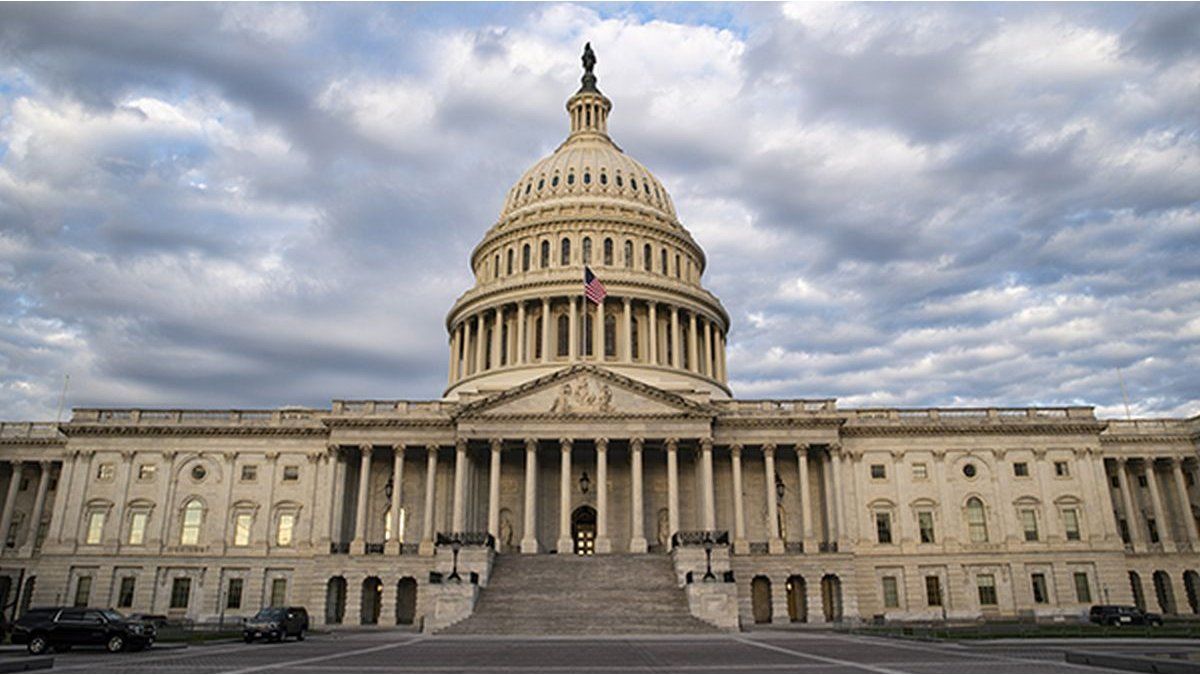Inflation
The project recognizes that inflation it will be 95% in the current year, but a slowdown to 60% (end to end) is expected for next year. Although the projections contemplate a fall in average real salary, income is expected to recover, by 2%, by the end of the year, with an unemployment rate that would remain at 7% of the economically active population. According to Ecolatina, “the projection of 95% for this year looks realistic -although more like a floor than a ceiling-, being in line with the projections of the last REM. After knowing the 7% of August, the estimate would imply that between September and December the average inflation would exceed 5.5% per month”.
Dollar
The exchange rate is expected to be updated: It is expected that by next December the official dollar will be at 166.50 pesos per dollar and that it will be worth 269.90 by the end of next year.
For Ecolatina, this data value of the dollar “would imply a slowdown in the crawling peg in the last quarter of the year compared to current levels. This seems unlikely given the need to stop the deterioration of the real exchange rate in the context of inflation hovering around 6% per month. In this sense, the projection reflects that the exchange rate appreciation this year will be greater than 10%”.
Looking ahead to next year, the dollar (+62%) would rise more in line with inflation (60%), limiting the exchange delay and the loss of competitiveness in this way. In this way, it would be a scenario more in line with what was agreed with the IMF, leaving behind two years of strong real appreciation of the exchange rate. It should be noted that, except for the year 2019 of the currency crisis, the last time the exchange rate rose more than inflation in an election year was in 2009. Considering the presidential ones, that has not happened since 1999, the year in which the “1 to 1” and there was deflation,” the economists estimated.
tax guidelines
The initiative includes a primary imbalance goal of 1.9% -as agreed with the International Monetary Fund- an inflation of 60% and a growth of 2% by 2023according to the information obtained Ambit in official sources.
“First of all, it should be noted that this trajectory is not surprisingnot only due to the validity of the agreement with the IMF (which the minister ratified) but also because even with this reduction in red the financial program is set up challenging: not much room to show a higher deficit; It should be remembered that, unlike 2022, the margin of use of Temporary Advances is lower and the net financing with the IMF will be negative for the first time,” Ecolatina said.
“Secondly, that the starting point (closing 2022) already contemplates the fulfillment of the goal confirms that the trajectory of primary spending in the remainder of 2022 would show a relevant reduction in real terms (greater than 10% ai). Finally, that the projections of income and expenses are derived from the macroeconomic context described above, where if nominality is not reduced as planned, the pressures on the spending limits imposed by the Project would become even more tense,” he concluded.
reduce the deficit
According to the consultant, the reduction in spending by the National Administration has two central pillars: the expiration of extraordinary expenses that were made this year and the cut in subsidies.
- Social Security is the one that shows the greatest drop in 2023 (-0.6 pp). Within this universe of expenses (half of the primary expenditures) retirement, pensions and family allowances are included, but also the various supplements granted this year (bonus to retirees, allowances and vulnerable sectors). These last lines explain a reduction of 0.4 pp, while the lower “reserve” (items to reallocate in case of insufficiency) explain around -0.14 pp. Excluding all these concepts, the Social Security function shows an increase of +71% ai instead of +61% ai
However, it should also be noted that the projection of pension spending could be overwhelmed: the adjustable spending for mobility (almost 90% of the function and 40% of primary spending) would be showing an increase of 80% yoy (in line with the nominal GDP), when the formula would be growing around 75% yoy in December, and would have a drag of at least 35 pp
- The second axis includes subsidies: the purpose of Energy shows a reduction of 0.33 pp of GDP, which would be consistent with the full impact of tariff segmentation throughout 2023. In this sense, lower energy imports would logically play in favor mentioned above, together with the impact of lower inflation on provision costs. Similarly, deviations from these two major assumptions will put pressure on this axis (crucial for meeting the goal) and/or on the tariff scheme (which, if revised upwards, would in turn put pressure on the inflation pattern). . At the same time, the Transportation purpose shows a reduction of 0.14 pp of GDP.
Strictly speaking, the Budget foresees that the net financing of other organizations would offset the net payments to the IMF, while limited monetary assistance (0.6% of GDP) and the positive roll-over (in the market and with public organizations) should cover the financial shortfall and other needs below the line (such as judgments and advances to suppliers).
In this sense, the Budget confirms that the margin to divert the current dynamics of real fall in spending with a positive roll-over of debt (which puts a floor on the interest rate) will continue to be very limited in 2023.
Source: Ambito
David William is a talented author who has made a name for himself in the world of writing. He is a professional author who writes on a wide range of topics, from general interest to opinion news. David is currently working as a writer at 24 hours worlds where he brings his unique perspective and in-depth research to his articles, making them both informative and engaging.




